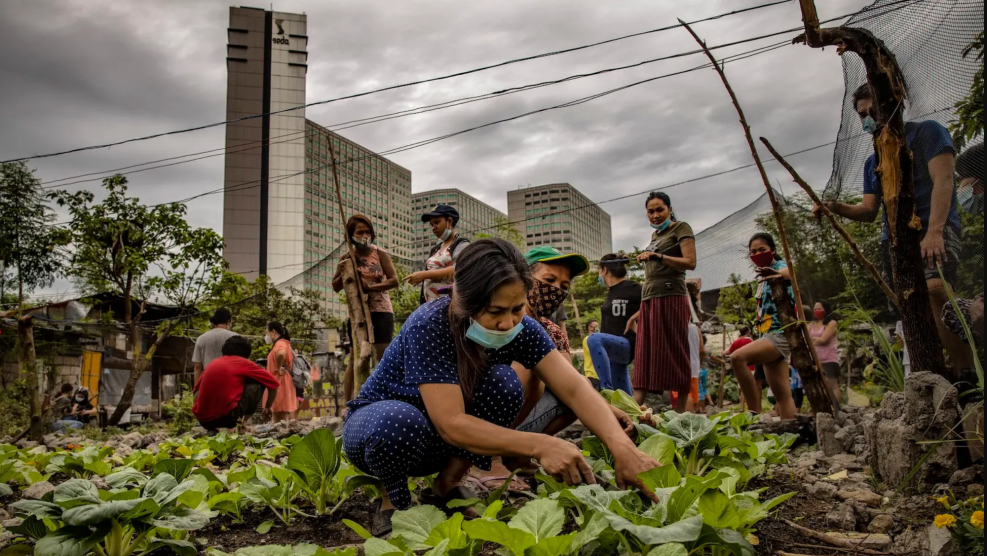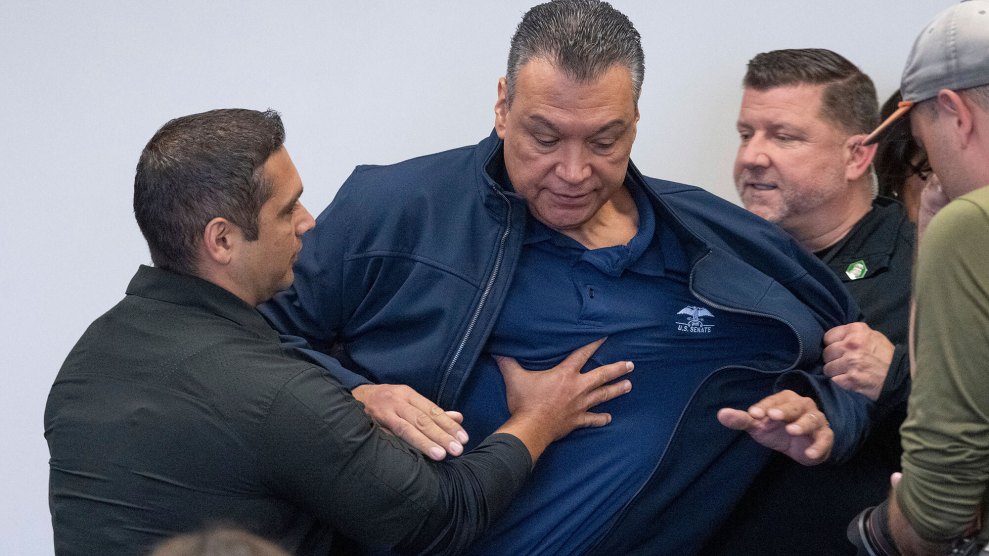November 6, 1998
FROM: Stan Glantz
———————————————–
A source sent me a summary of the details of the current multi-state deal being negotiated by the 8 Ags. This deal is being presented as “Minnesota Plus.”
Before commenting on the specifics of the deal as reported to me, let me say that I agree with Matt Myers when he said that the Minnesota settlement was a stunning accomplishment as the fourth of forty-one settlements, but that it is not the end-all, be-all. Thus, even if the deal is better than Minnesota, that does not make it acceptable as a final multi-state resolution of the AG litigation.
1. MONEY
The deal is not as good as Minnesota in two ways. First, as I pointed out in earlier messages, it is about half the money that the industry is paying Minnesota. Second, whereas the Minnesota payments are “front loaded,” with the largest payments early, the deal currently being negotiated in “back loaded,” with the payments deferred. This arrangement will minimize the short term impacts on the tobacco companies as well as allow them to minimize impacts on cigarette prices or profits.
2. THE INDUSTRY WOULD BE PROHIBITED FROM TARGETING YOUTH (UNDER 18 YEARS OLD) IN ADVERTISEMENTS.
The industry already claims (and has always claimed) that it does not target youth. This is nothing new.
3. THERE WOULD BE A PROHIBITION ON THE USE OF CARTOONS, EXCEPT WHEN ALREADY PART OF THE LOGO, AND THEN ONLY ON THE TOBACCO PRODUCTS THEMSELVES.
This is a huge loophole, since cartoons would be allowed on the packages, which could be shown in the ads. (This is an approach that the industry has used to get around restrictions on advertising content in other countries.) Moreover, the current Camel campaign shows how advertisements that are remarkably similar in style and audience to the old “Joe Camel” campaign. (See the latest issue of Tobacco Control for an article reprinted from Advertising Age that makes this point.) The Benson and Hedges advertising campaign would also be consistent with this restriction. Moreover, the industry has shown for years that it can develop and successfully implement advertising campaigns under much more restrictive conditions than this.
4. THERE WOULD BE A BAN ON FREE SAMPLES TO YOUTH.
This is the law in many states already and has been part of the tobacco industry’s voluntary code of conduct for years.
5. THERE WOULD BE A BAN ON FREE SAMPLING IN ANY PLACE WHERE YOUTH ARE ALLOWED.
Many states have passed laws requiring this already (or outlawing sampling altogether).
6. THE INDUSTRY WOULD AGREE NOT TO LOBBY AGAINST LEGISLATION TO REDUCE YOUTH ACCESS OR TO INCREASE YOUTH ENFORCEMENT.
Youth access laws are, by and large, a waste of time. More important, the FDA regulations (which are still in force during the appeals process) are strong on youth access. “Youth enforcement” laws are counterproductive and actually a victory for the industry.
7. BAN ON BILLBOARD ADVERTISEMENTS
Many states have already made substantial progress in this area through legislation outlawing all billboards (Vermont and Maine already have such laws), laws severely restricting tobacco billboards (California and Texas) and a host of local laws. The individual state settlements to date have included eliminating billboards. Left alone, current legislative processes will greatly restrict or eliminate tobacco billboards anyway. Moreover, the industry has been phasing out billboard advertising in recent years as it shifts more to promotional activities.
8. BAN ON PUBLIC AND PRIVATE TRANSIT ADVERTISMENTS, INCLUDING AIRPORTS.
This would be helpful, but not a big deal. Several public transportation systems (San Francisco Muni and BART, Denver) have already ended transit advertising.
9. DISSOLVE NATIONAL TOBACCO RESEARCH CORPORATIONS THAT HAVE DISPUTED THE AVERSE EFFECTS OF TOBACCO. CONTRACTS WITH SUCH ORGANIZATIONS WOULD BE PROHIBITED.
This goal has already been achieved by existing litigation and settlements. The Council for Tobacco Research (the primary body in question) has already been shut down. It is not clear if this stricture would apply to the industry’s new efforts designed to dispute the health dangers of secondhand smoke (e.g., the Center for Indoor Air Research). Political organizations, such as the National Smokers Alliance, which play the same role, would not be affected by this agreement.
10. NO SALES OR DISTRIBUTION OF BRAND MERCHANDISE.
This provision could be important, but it is my understanding that this provision is narrowly crafted, i.e., there would be no distribution of “Marlboro” merchandise, but items with the Marlboro colors (but not logo) could still be distributed.
11. NO MISREPRESENTATION OF HEALTH EFFECTS OF TOBACCO BY MANUFACTURERS.
This is really nice of them. They will promise to stop lying and committing fraud.
12. $1.45 BILLION (PAID OVER 3 YEARS) TO SET UP A NATIONAL HEALTH EDUCATION AND RESEARCH FOUNDATION TO GRANT MONEIS TO STATES TO DO YOUTH-ORIENTED EDUCATION AND RESEARCH ON TOBACCO.
It is not clear who will sit on the board of this organization. Limiting the focus to youth will assist the tobacco industry in presenting tobacco use as “an adult custom.” This foundation will not be allowed to deal with the emerging problem of skyrocketing tobacco use among college-age young adults, which is where the industry seems to be shifting its marketing efforts, with substantial success.
13. MIMIMUM PACKAGE SIZE OF 20 STICKS PER PACK UNTIL APRIL, 2000.
That’s 18 months. Big deal.
14. SPONSORSHIPS WOULD BE LIMITED TO ONCE ANNUALLY PER YEAR PER MANUFACTURER PER STATE, AND ONLY FOR 90 DAYS AROUND THE EVENT.
It is not clear if “manufacturer” means “company” or “brand.” Even taking the restrictive reading of “manufacturer,” this limitation would be pretty meaningless. There are 5 companies times 50 states times 90 days each, so there would be 22,500 sponsorship-days every years. Under this restriction, there would only be an average of 62 sponsorship activities going on every day. Given the fact that many of these events are televised, this rule would not lead to any meaningful restriction.
15. SEPARATE FUND FOR LAWYERS’ FEES, WITH A $50 MILLION CAP PER STATE. LAWYERS WILL HAVE TO NEGOTIATE WITH A GOVERNING BOARD.
I have no comment on this point.
16. THE TOBACCO INDUSTRY WILL INDEX AND ORGANIZE THE MINNESOTA DOCUMENTS. IF FUTURE CONDUCT OF THE MANUFACTURERS WARRANTS, AG’S CAN SUE FOR MORE DOCUMENTS LATER.
The industry has already prepared such an index, called the “4A” index. The industry already agreed in the Minnesota settlement to release the “4A” index, although the industry is now trying to weasel out of this agreement. The lawyers for Minnesota believe that they will force the industry to release this index, and they have prevailed on such matters in the past. While the Minnesota Depository is wonderful, it essentially stops in 1994 and only includes material prepared in response to the demands to produce documents in the Minnesota case. There is much more information to come out related to other states. The people of those states have a right to full disclosure of industry behavior relevant to their states and up to the current. Forcing the truth out of the industry is one of the most important aspects of this litigation and there is more to learn.
**************************************************************
Stan Glantz can be reached at glantz@medicine.ucsf.edu. To browse the StanGlantz-L transcripts, or to subscribe or unsubscribe, visit http://www.smokescreen.org/list/?Stanglantz-L
















